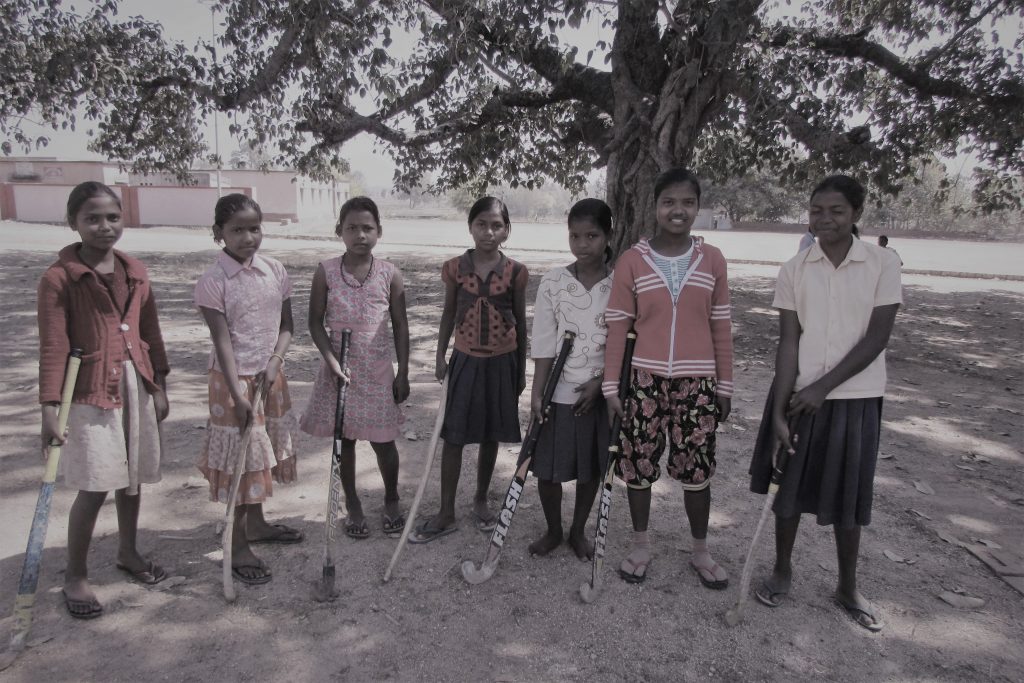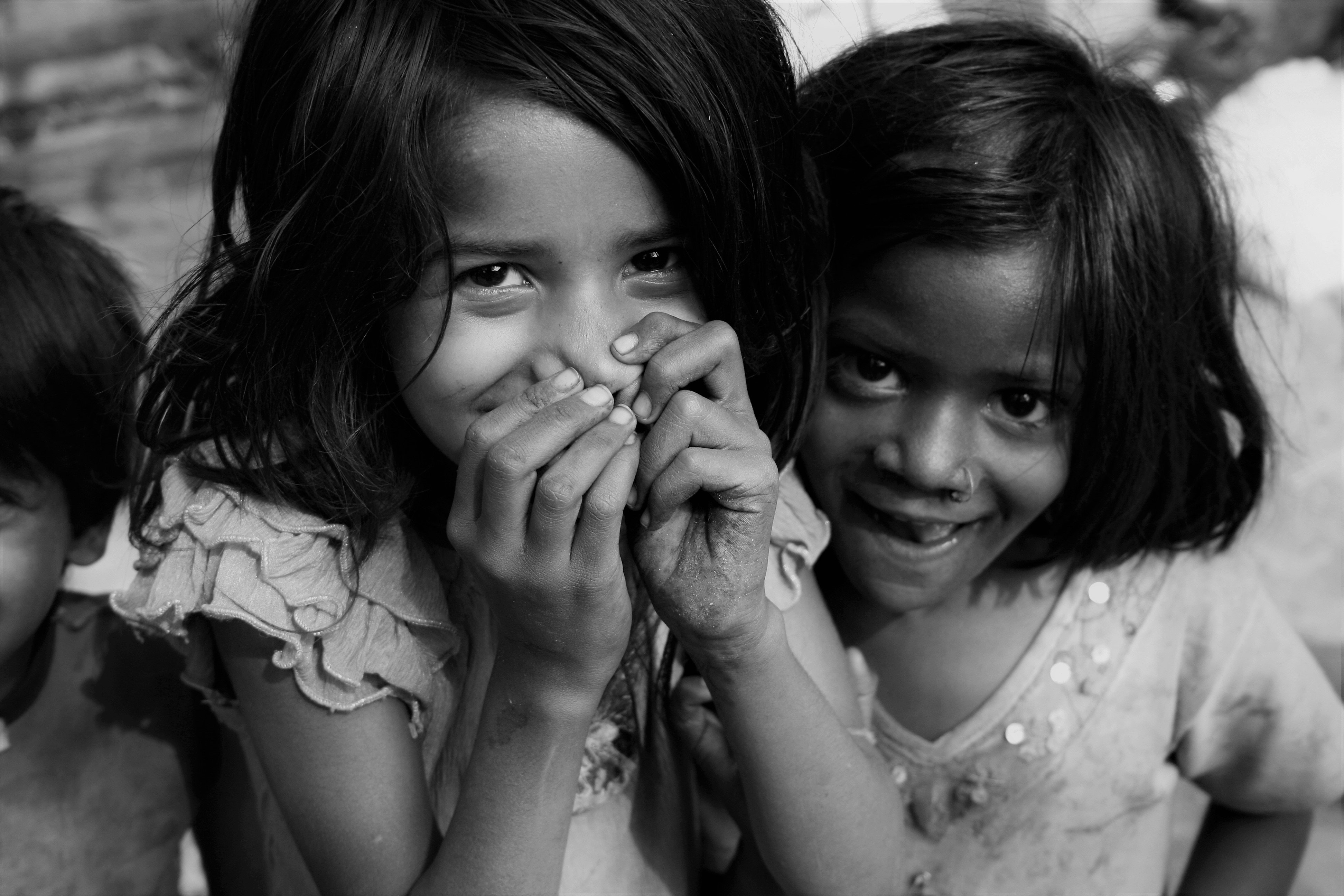It is a reality that gender disparity still exists in India. It is seen within the households, at workplaces and in the society at large. Gender-wise literacy rates in India showcase the wide gap that exists between men and women. As per 2011 data, effective literacy rates (age 7 and above) were 82.14% for men and 65.46% for women. Women generally have less economic independence and lesser say in family and societal matters. Even when it comes to property, women generally don’t own it under their names and have weak inheritance rights.
Gender discrimination begins even before a child is born:
The horrifying practice of female foeticide – identifying the sex of the foetus and terminating it in case it’s female – still exists in India. While we have come a long way and this ill-practice is losing ground, there are still numerous families which consider the girl child as a “burden” and have no qualms in preventing their birth. This stems from the mindset that the male child will go on to become a source of income from the family and will carry on the family lineage while the girl child will have to be ultimately married off to another family.
Patriarchal setup of the Indian society:
For ages, men have continued to dominate societal and family life in India. While this scenario is changing with increasing levels of female literacy and urbanization, in the hinterlands men continue to dominate the social life. Discrimination against the females begins when they are girls. Parents often don’t send girls to school while boys in the family are provided access to education. Many who are sent to school are asked to dropout and help their mothers in household work. Parents spend time in grooming girls for becoming good wives and concentrate very little on providing them learning and knowledge.
Elders of the family hold the view that girls have to be eventually married off and there is no point in spending much on their education. Education for boys, on the other hand, is seen as an investment as they are viewed as future “earning members” of the family. Girls are only considered fit for performing household chores. It is this mindset which needs to change so that girls are not denied their chance to learn and grow in life.
How educating girls can go a long way in addressing gender discrimination in India:

Educating is an immensely powerful tool through which an individual can make it big in life. Education is an enabler. When children go to school and learn well, they build their comprehension and problem-solving skills and are enabled to take right decisions in life. They grow up into mature and responsible adults who can contribute better to their own and society’s well-being. But it’s a sad reality that girls in India are denied a chance at learning. This is a dysfunction in the Indian society which needs to now stop. When girls are educated, the benefits are even better and much more permeating. An educated, well-read woman in the household ensures that other members (especially her children) are not deprived of access to quality education.
When girls get the right education, they get a great start in life and go on to become educated women who are all set to attain economic independence and be rightly equipped to make a contribution to their own upliftment as well as that of the society they are part of. Educated girls and women can march along with men in every sphere of life and not lag behind in any way. Education is also instrumental in bringing down child marriages, maternal mortality, domestic violence and combating other women-related issues.
The role of NGOs in educating girls:
Committed to uplifting the girl child, NGOs like Save the Children are bringing hope in the lives of thousands of girls in India by giving them the right environment and opportunities to learn. The work begins by going among the most backward communities (socially as well as economically) and helping them understand and realise why it is important that girls go to school and stay there. Thereafter, assessments are done in the area and out-of-school and vulnerable children are mapped. Save the Children then engages extensively with children and they are groomed and prepared to take the leap to formal schooling. In several Kasturba Gandhi BalikaVidyalayas in Rajasthan and Jharkhand, the NGO is ensuring that girls get holistic education and thus is improving school infrastructure and building a better learning environment. Donate to the NGO today and help more girls in India realize their dreams of reaching school.

Conclusion:
Gender discrimination in India is a reality which cannot be conveniently ignored. Driving a change in the mindset of people is the key to end this discrimination. Our girls deserve equal opportunities as boys. Government’s flagship scheme ‘BetiBachao, BetiPadhao’ will go a long way in ensuring this. Save the Children fully supports Government of India’s ‘BetiBachao, BetiPadhao’ movement and is committed to give Indian girls a future to look forward to.
Source: Savethechildren.in
Girl safety / child awareness/ Gender Discrimination
